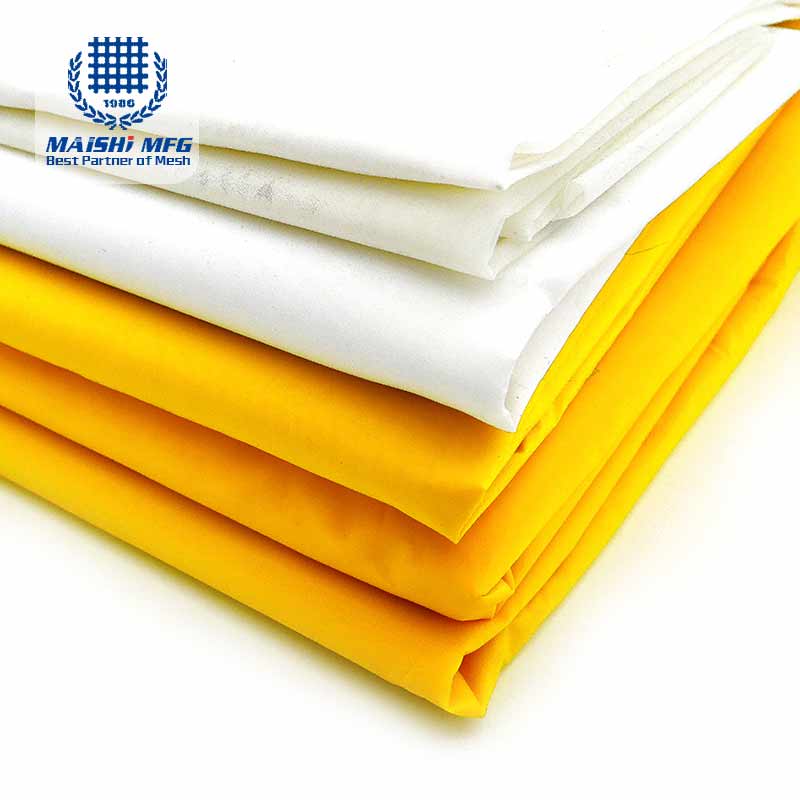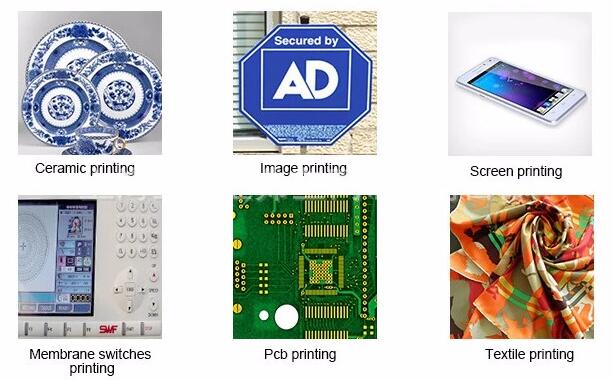 The main purpose of the screen printing mesh is to see what material you are printing. The surface of the material is relatively smooth and this requires a high mesh count. Rough is the low number of meshes. Also need to understand the high-mesh selection of ink, low-mesh selection of water-based glue.
The main purpose of the screen printing mesh is to see what material you are printing. The surface of the material is relatively smooth and this requires a high mesh count. Rough is the low number of meshes. Also need to understand the high-mesh selection of ink, low-mesh selection of water-based glue.
Under the same conditions, the smaller the mesh number, the thicker the printed ink; under the same conditions, the thicker the film thickness, the thicker the printed ink.
The screen number of the screen printing mesh, the international standard unit is 1T=2.5 mesh. 2.5 mesh equals one square inch with 2.5 meshes. The mesh number indicates the density of the screen. The higher the mesh, the denser the mesh. The smaller the hole.
The number of screen printing meshs is selected according to the accuracy requirements of the printing products. The selection criteria for the mesh number are: 70 to 200 mesh/in for the case where the amount of ink is required to be large, 200 to 300 mesh/in for general printing, and 300 mesh/in or more for fine graphics.
Maishi is the best manufacturer of screen printing meshs. Maishi reminds screen printing meshes as needed, not the higher the better.
1. Textile printing uses 40-135 mesh.
2. The circuit board uses 150-180 mesh.
3. Metal/glass using solvent inks can be considered 120-150 mesh.
The above is the introduction of the screen printing mesh version, if you do not understand, you can contact our business staff!

Leave a Comment